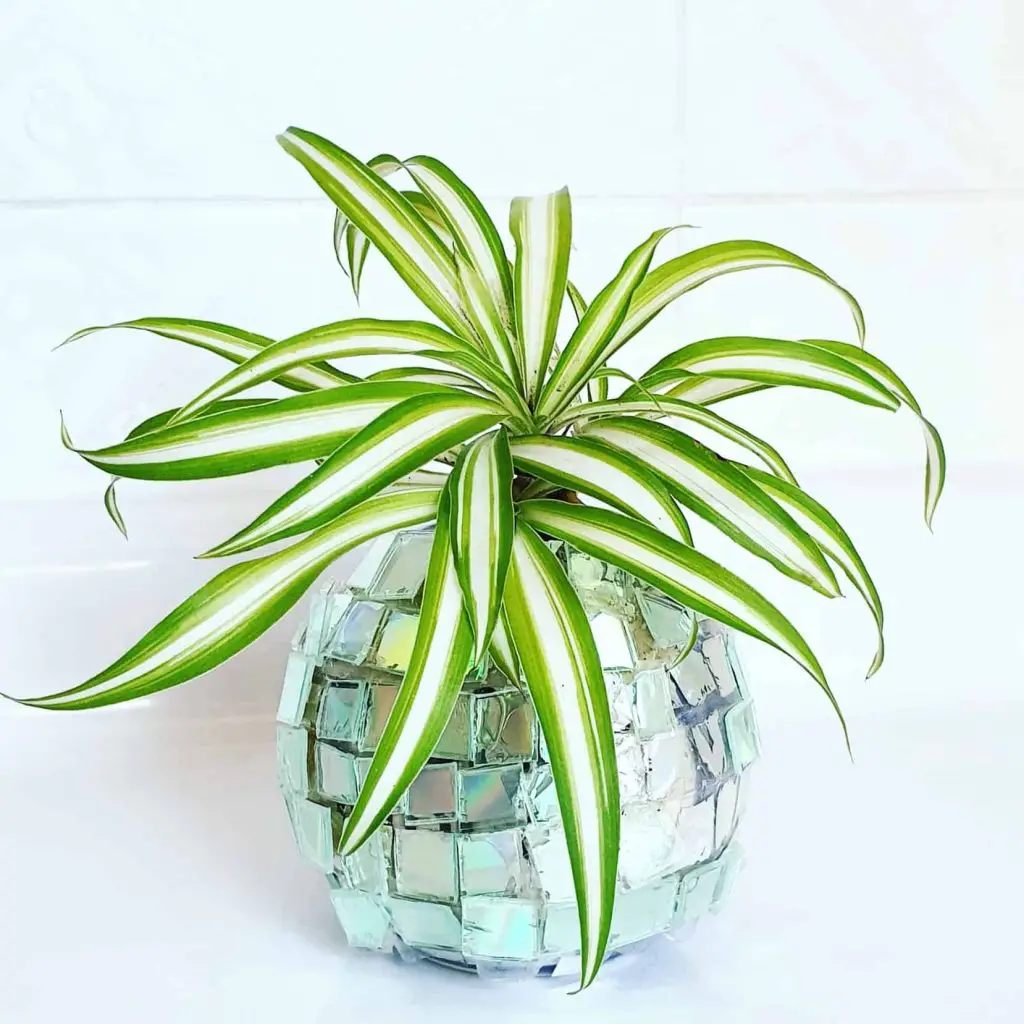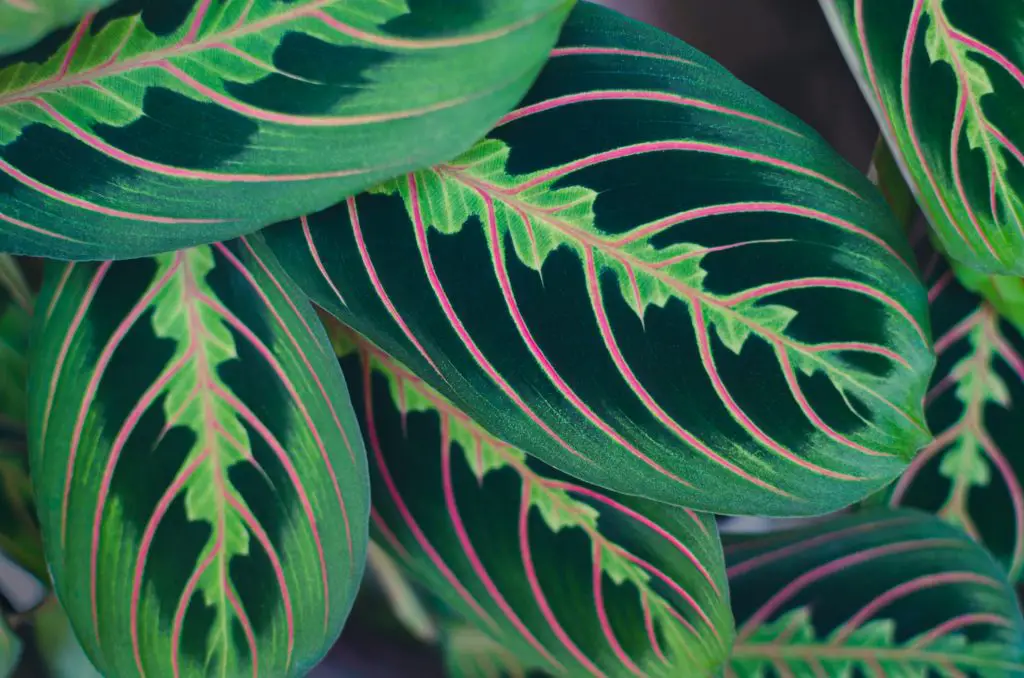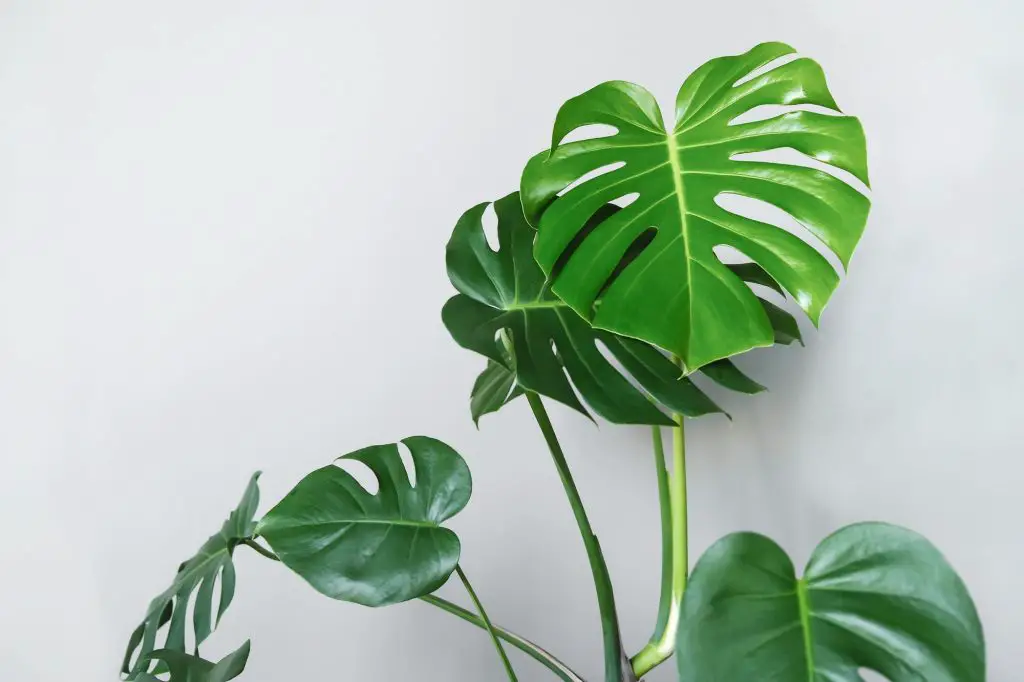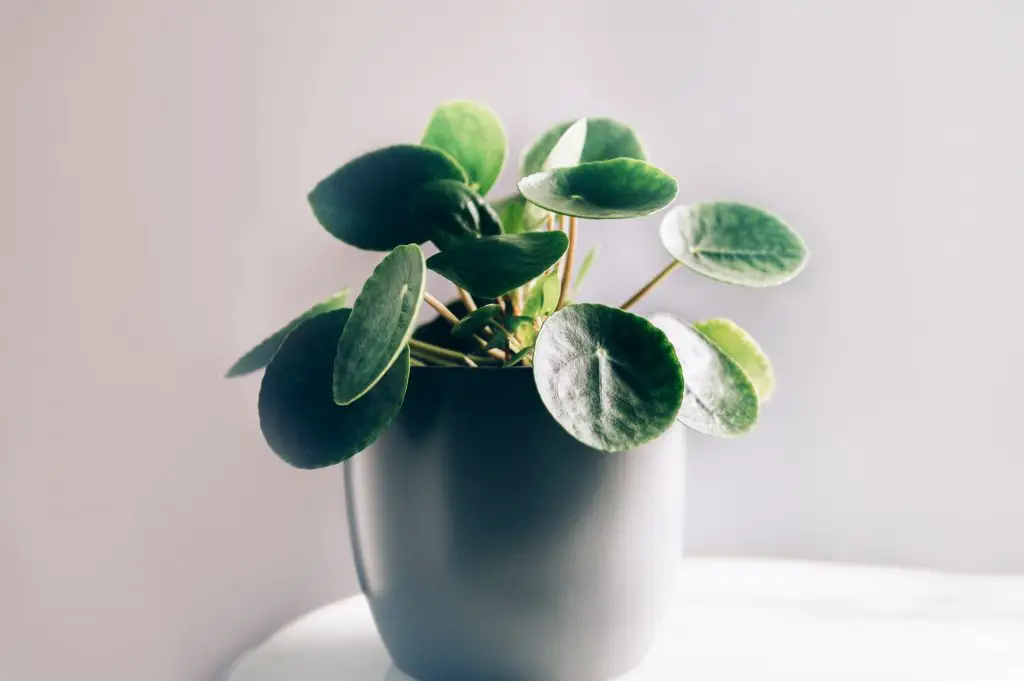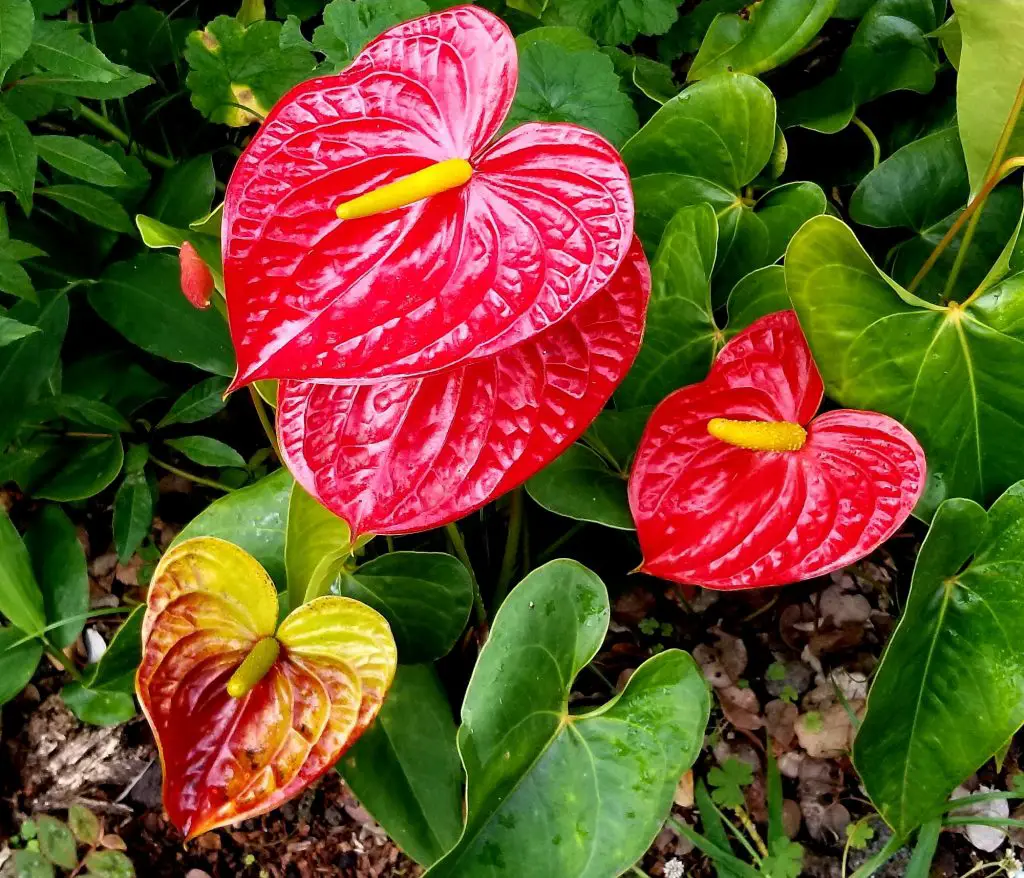Ever wondered what a plant will look like when you hear its name? Names of plants are really important to us and many times they leave us curious about such plants. While some plants are given names based on how they look, some are named according to circumstances surrounding their discovery.
We got curious about the spider plant when we heard its name and we thought to bring you all the information we have about it.
If you’re considering getting an air purifying plant for your home, the spider plant is one option to consider. If on the other hand, you’ve had one or looking to propagate a spider plant, this complete care and growth guide is for you.
Table of Contents
Spider Plant Background
| Common name | Spider plant |
| Botanical name | Chlorophytum comosum. |
| Light | Moderate light. |
| Temperature | 55 degrees to 65 degrees F. |
| Soil type | Well-draining. |
| Soil Ph | Neutral to Slightly acidic. |
| Toxicity | Non-toxic. |
| Origin | African tropics, South African. |
Also known as Chlorophytum comosum, the spider plant is an evergreen perennial herb, they are native to the African tropics and South Africa and they are popularly grown for their long foliage.
The spider plant belongs to the Asparagaceae family and this plant is known to be one of the easiest plants that you can grow. Still curious about its name? The spider plant is named after its spider-like foliage which dangles from the plant like spiders on a web. This however does not make the plant look creepy or spooky in any way.
The spider plant is mostly grown in hanging baskets indoor, as a complementary decoration. The plant comes in slender leaves that can stretch to about 1 to 1.5 feet long. The spider plant comes in different varieties; however, they can be grown with the same care routine.
The plant is considered to be among the easiest plant you can grow it is suitable for beginner farmers, regardless of where it is grown, indoor or outdoor. Apart from this, the spider plant was once highlighted by NASA to be one of the plants known to clean the air, getting rid of toxic substances.
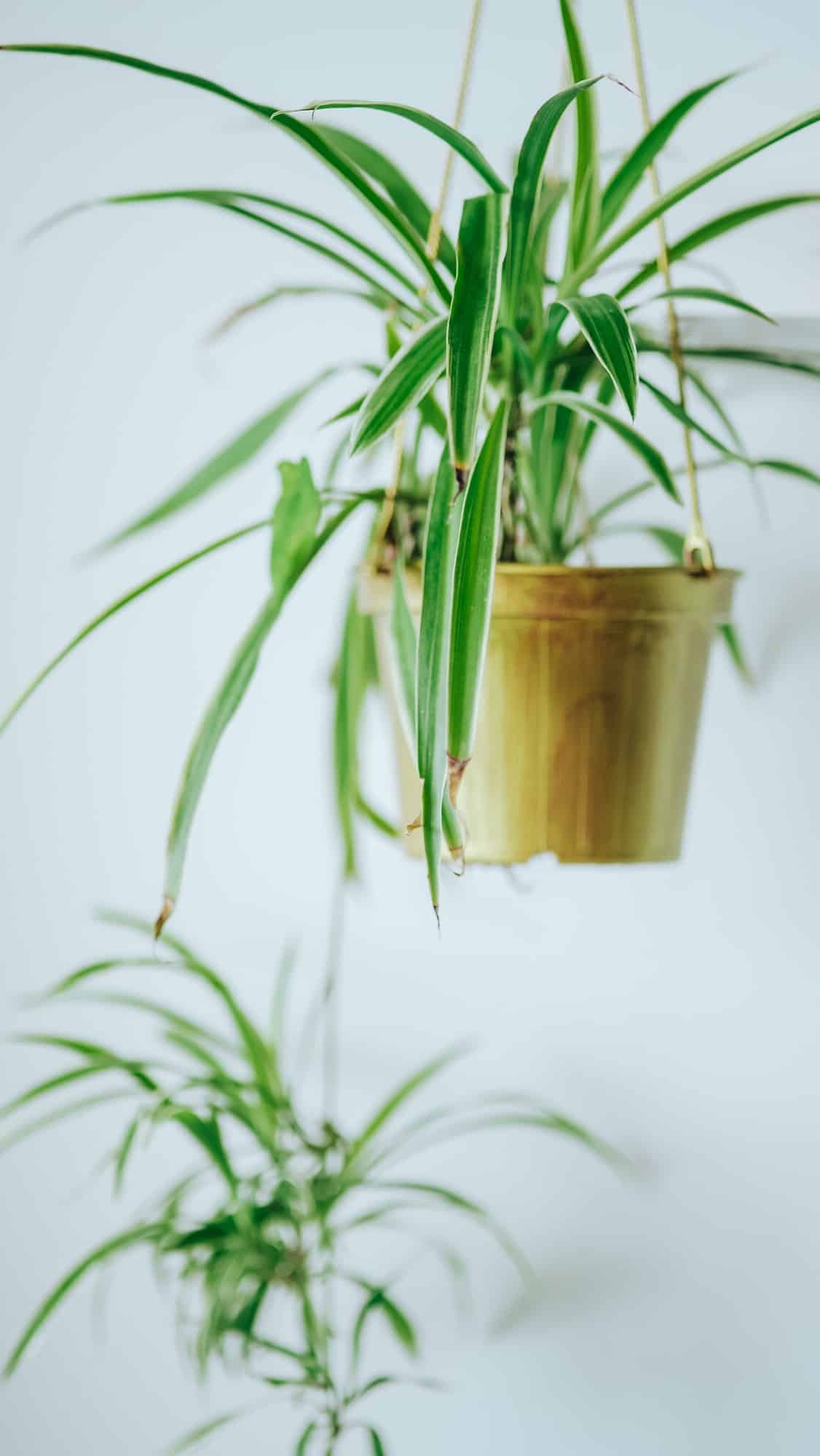
Although the spider plant is quite easy to grow, you might still get the care routine wrong and this can hinder its growth or kill it.
In this article, we have provided all you need to know to grow a spider plant, alongside the easiest propagation method, requirements, and a simple care guide.
Spider Plant Thriving Requirements
To help your spider plant live its best life in your home, consider these things.
1. Light
Spider plant enjoys being in the light shade outdoor, although they can tolerate being in full shade, they will not grow to their maximum potential. The spider plant does not enjoy being place in direct sunlight; this can scorch the leaves and eventually kill them. Indoor, the plant should be provided bright, indirect sun. Preferably, it should be placed close to a window, shielded from indirect light.
2. Soil
Luckily, the spider plant enjoys being raised in a variety of soil types. However, they grow best in loose, well-drained soil. They enjoy being placed in a fairly neutral soil pH, nevertheless, they can tolerate slightly acidic to alkaline soil.
3. Fertilizer
Spider plant enjoys being moderately fed, too much fertilizer can cause brown leaf tips, and too little can hinder their growth. They can be fed at most twice a month, especially in the spring and summer which are the growing seasons. Water-soluble fertilizer is best; it should also be diluted to half its strength before being applied.
4. Temperature
Spider plant grows best in temperatures between 55 degrees F to 65 degrees F. They do not love to be raised in temperatures below 50 degrees F.

5. Water
Like many other plants, the spider plant thrives best in moist and not soggy soil; this means that it has to be watered moderately. The best way to ensure this is possible is to create a watering schedule that fits the plant’s needs. The plant can also be watered when the topsoil is dry.
Avoid overwatering your plant as this can lead to root rot and eventually kill your spider plant. The spider plant is quite picky with the choice of water source; you should only make use of rainwater or distilled water and never tap water. This is because the fluoride and chlorine from tap water can damage your plant.
6. Humidity
The spider plant takes its humidity business seriously. It enjoys being placed in slightly high humidity; hence, it should be placed far from an air conditioner or other heating producing equipment, when grown indoors. They could also be placed in a high humidity environment such as the bathroom. Peddle trays, regular misting, and humidifiers are also measures to provide adequate humidity for your spider plant indoor.
Spider Plant Propagation
Propagating the spider plant is one of the many reasons we love it, it is easy and stress-free. The plant can be propagated via two methods. Read each method below.
Spider Plant Propagation Via Cutting In Water
- Identify and healthy and mature plant.
- Make some stem cuttings from the mother plant.
- Gently the cuttings in a jar of water, the water should be enough to cover just the plant’s root.
- Ensure the water is changed regularly, in about two weeks; the plant will develop its roots.
- You can transfer these plants to a permanent pot of soil.
Propagation Via Cutting In Soil
- Get a healthy and mature plant and make some cuttings from it.
- Prepare a pot of soil and plant the cuttings into the soil.
- Wet the plant frequently, to keep it moist; however, do not keep it waterlogged.
- After a longer while, the plant should begin to develop new leaves.
How To Care For Your Spider Plant
Consider these additional spider plant care tips for your plant.
- The spider plant will benefit from pruning from time to time, this is due to the rate with which it grows, it may become leggy and go out of bound. The plant should be cut back to its base occasionally.
- Due to the spider plant’s growth system, you may be required to report often, at least every two years. You should also ensure to purchase a container that is larger than the plant’s root balls; your pot must have at least one drainage hole. The best time to re-pot is in the spring.
- The spider plant is healthy, however, the plant could suffer from some common plant pests i.e. aphids, whiteflies, spider mites, etc. You can get rid of these pests by rinsing the plant. You can also make use of insecticides if it is infested.
- Spider plants are quite sensitive to fluoride and chlorine; hence tap water should be avoided.
- Spider plants are susceptible to getting burns, and this can be attributed to low humidity, dry soil, chlorine, etc. Your plant’s care routine should be observed to determine the cause of the burns.
- The plant will suffer from root rot if it is being overwatered.
- The spider plant is not toxic to both humans and pets; they can be placed within their reach.
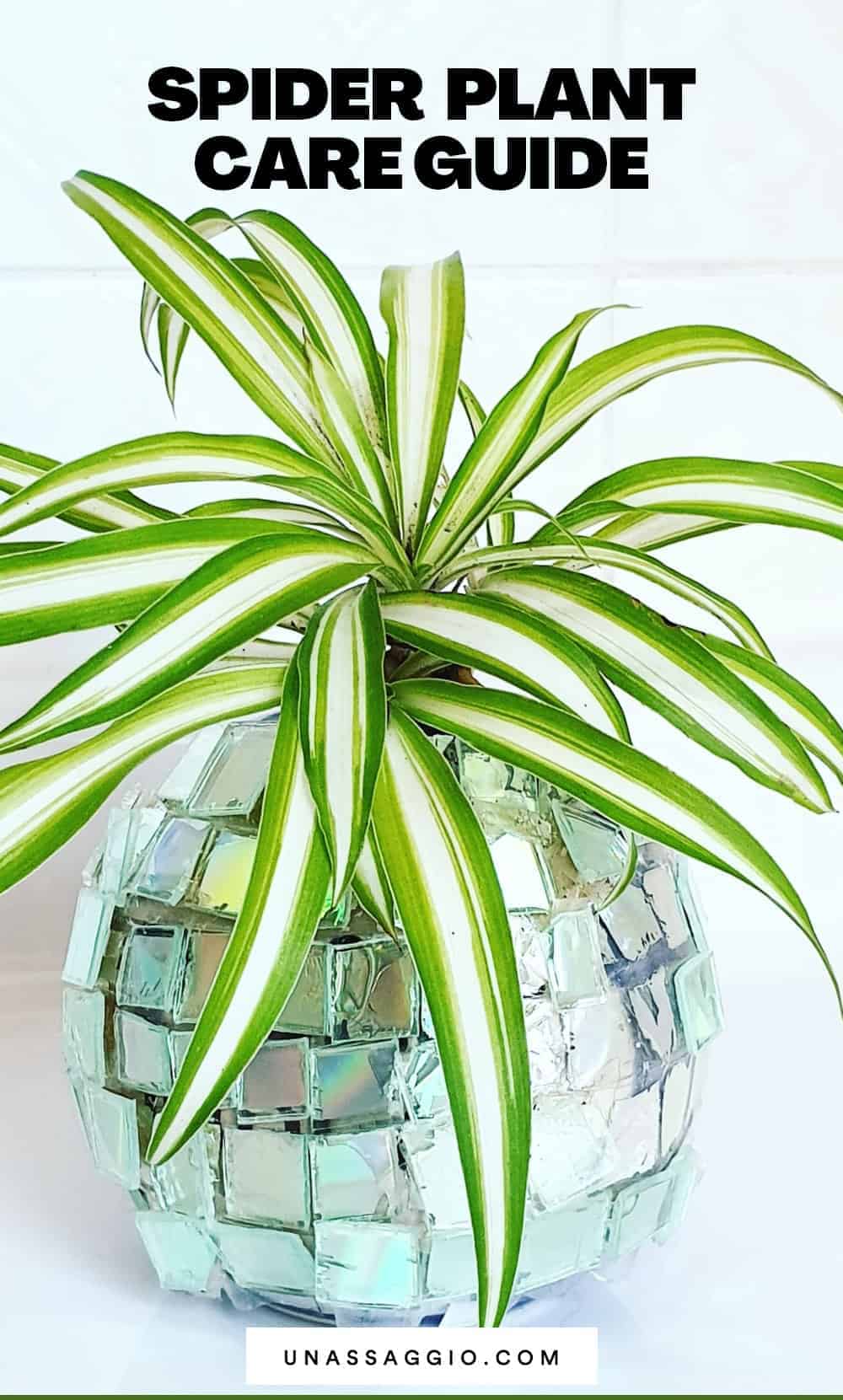
Final Thoughts
The spider plant is not so spooky after all! The spider plant is an amazing plant to have in your garden and especially in your home. They can be kept on your desk or hung in a hanging basket; this allows them to reduce indoor pollutants.
Regardless of the variety grown, you will find the spider plant very easy to grow.
Read these next:

